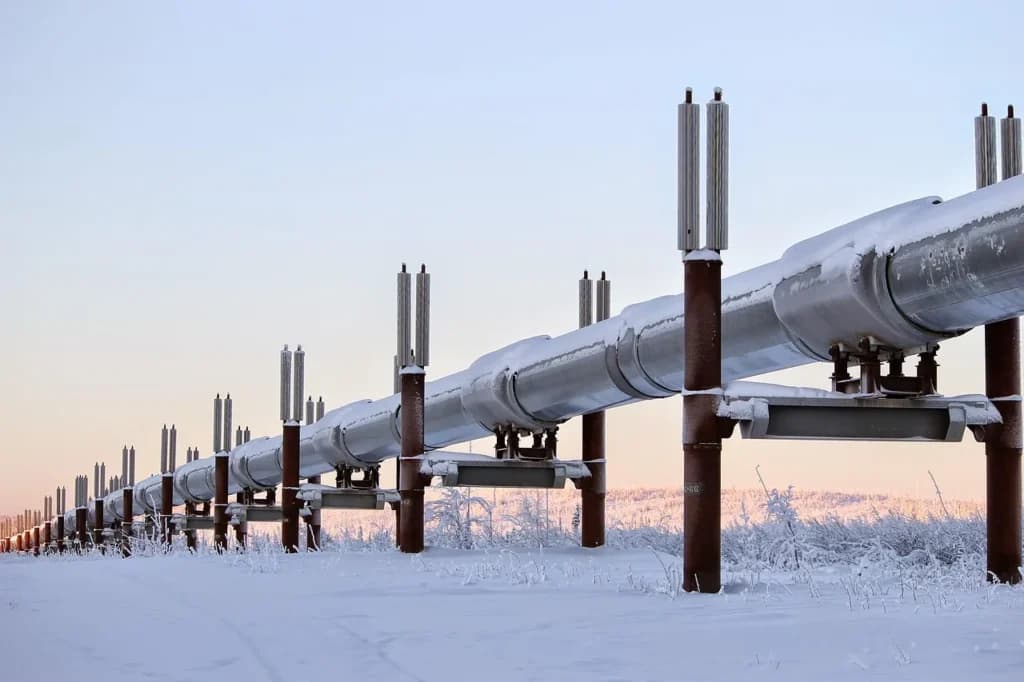Subsea Fiber Outage Continues, North Slope Communities Rely on Satellites
Repairs to the Quintillion subsea fiber cable remain stalled as winter sea ice blocks repair vessels, leaving communities along the Beaufort and Chukchi coasts with months of degraded connectivity. For North Slope Borough residents this means local governments, schools, and businesses face continued disruption while satellite and microwave services fill the gap and contingency planning for a terrestrial route moves forward.

The Nome Nugget reported on November 15, 2025 that the outage affecting the Quintillion subsea fiber cable has persisted for months, and that efforts to repair the damaged segment are delayed because harsh winter sea ice prevents repair vessels from reaching the site. The cable serves communities along the Beaufort and Chukchi coasts, and the sustained outage has forced widespread reliance on alternate communications while longer term fixes remain uncertain.
Quintillion leadership has described the maritime access problem as the primary barrier to immediate repairs, and the company has outlined contingency planning to create a terrestrial route between Deadhorse, also known as Prudhoe Bay, and Utqiagvik. That so called land bridge plan would require federal permits and funding before construction could begin, leaving its timeline and feasibility uncertain for now.
In the short term, providers and institutions have shifted traffic onto satellite and microwave routing to maintain basic services. Residents and institutions are deploying Starlink and other satellite options as stopgaps. The outage affects multiple communities including Utqiagvik, Wainwright, Point Hope, Kotzebue and Nome, where schools, municipal operations and local businesses have reported degraded connectivity that complicates education delivery, administrative tasks and commerce.
The market implications are immediate. Increased demand for satellite bandwidth raises costs for households and organizations already facing tight budgets. Businesses that rely on stable broadband for transactions, supply chain coordination and communications face revenue risk and operational delays. For municipal governments, interruptions complicate public safety communications, permit processing and remote services that have become integral in dispersed Arctic communities.
From a policy perspective, the situation highlights the vulnerability that arises from limited physical redundancy in Arctic communications infrastructure and the logistical constraints of seasonal access. Federal permitting and funding decisions will shape whether the land bridge concept becomes a resilient alternative or remains a contingency on paper. The timeline for securing those approvals is a critical variable for local planners and service providers.
Longer term, the outage underscores the need for multi layered resilience in northern connectivity that accounts for seasonal repair windows and extreme weather. For residents of the North Slope Borough the immediate outlook is continued reliance on satellite and microwave technologies, higher short term communications costs, and uncertainty about when subsea fiber will be fully restored or supplemented by a terrestrial route. Local leaders and service providers are watching federal actions closely, since permit and funding outcomes will determine whether a durable solution can be built before the next Arctic repair season.


